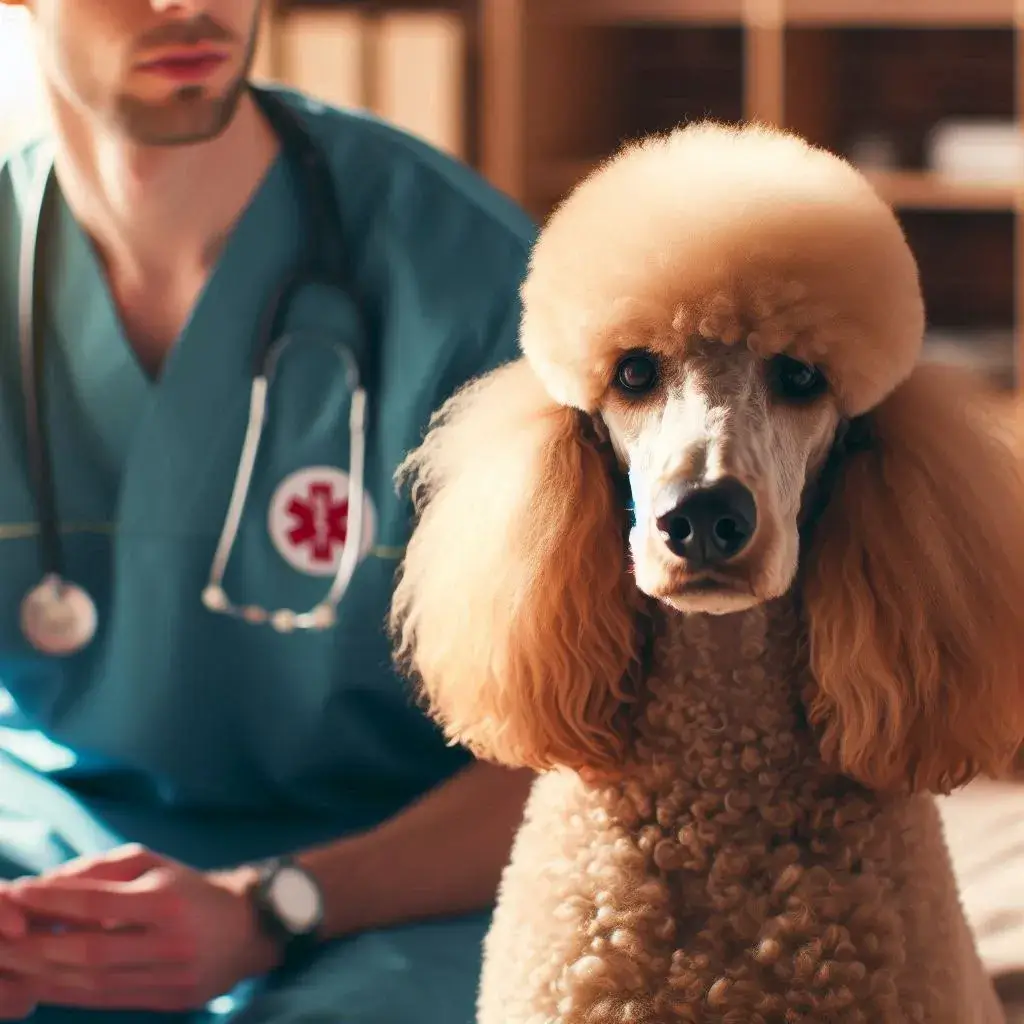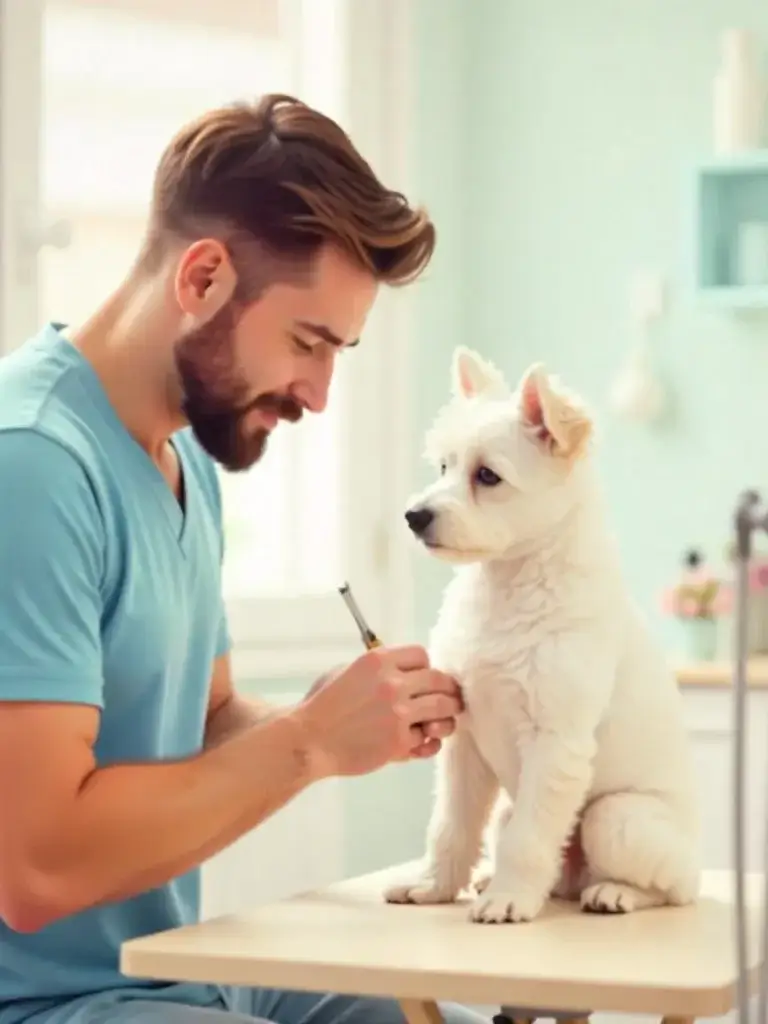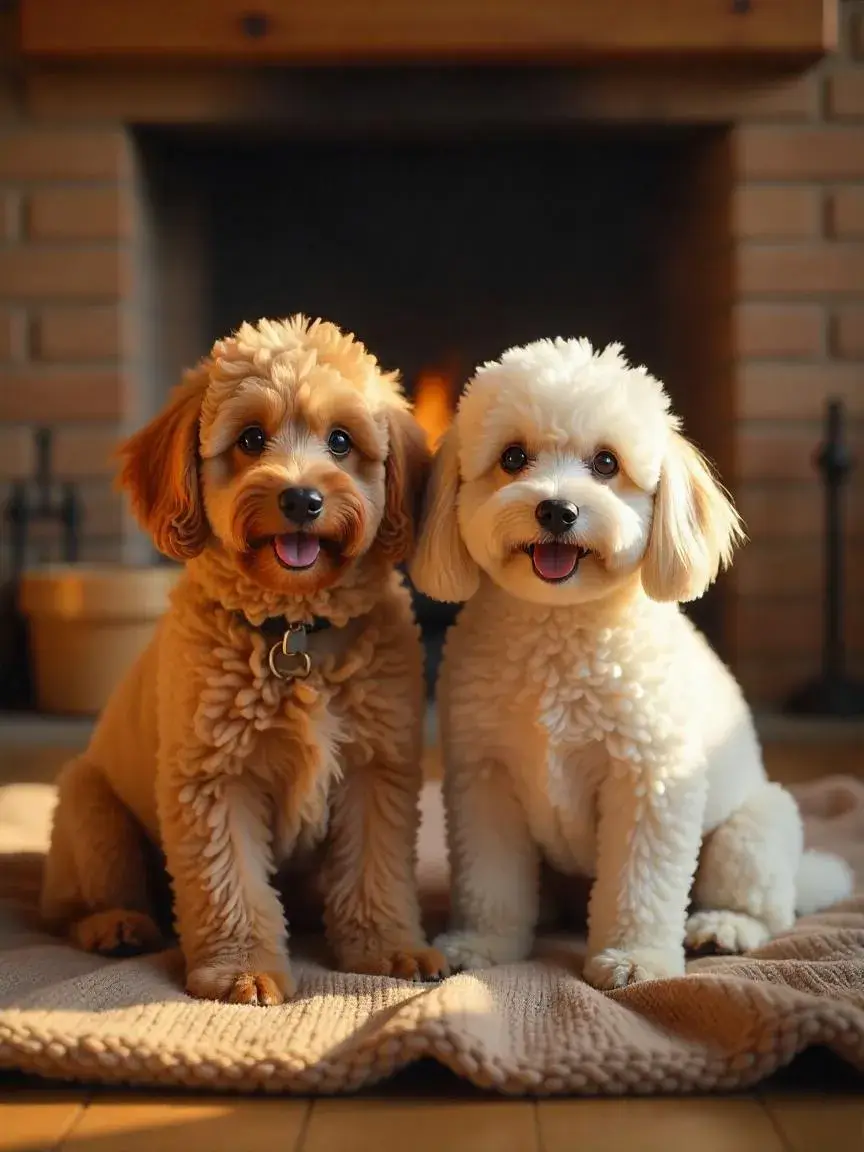In this comprehensive guide, we explore hypoallergenic dog breeds for allergy sufferers, detailing what makes a breed “hypoallergenic,” their key characteristics, and essential considerations when choosing a dog. We’ll cover top low-shedding breeds, the science behind pet allergens, grooming and care tips, and lifestyle factors to ensure a healthy bond between you and your new companion. Whether you live in an apartment or have a busy family life, this article equips you with everything you need to find an allergy-friendly canine friend.
Understanding Hypoallergenic Dogs
What “Hypoallergenic” Really Means
Although no dog is completely allergen-free, hypoallergenic breeds produce fewer airborne dander particles and shed minimally, reducing allergic reactions in sensitive individuals.
The Role of Dander and Saliva
Allergic reactions are triggered by proteins found in dog dander, saliva, and urine. Breeds with continuously growing or hairless coats trap dander close to the skin, preventing widespread dispersal.
Benefits for Allergy Sufferers
- Reduced Sneezing and Itchy Eyes: Less dander in the air translates to fewer respiratory and skin symptoms.
- Cleaner Home Environment: Minimal shedding means fewer hairs on furniture and carpets, lowering cleaning demands.
Top Hypoallergenic Dog Breeds
Below are some of the most popular hypoallergenic breeds suited for allergy sufferers, along with their key traits and care needs.
1. Poodle (Standard, Miniature, Toy)

- Coat: Curly, dense, low-shedding coat that traps dander.
- Temperament: Intelligent, trainable, energetic, and adaptable to different living spaces.
- Care: Requires regular grooming every 4–6 weeks and weekly brushing to prevent mats.
2. Bichon Frise
- Coat: Soft, curly coat with minimal shedding.
- Temperament: Playful, affectionate, and great with families and other pets.
- Care: Daily brushing and professional grooming every 4–6 weeks to maintain coat health.
3. Portuguese Water Dog
- Coat: Wavy or curly coat that sheds minimally.
- Temperament: Loyal, active, and excellent swimmers; needs plenty of exercise.
- Care: Biweekly brushing and occasional trims to manage coat length.
4. Schnauzer (Miniature, Standard, Giant)
- Coat: Wiry, double coat that sheds very little.
- Temperament: Alert, intelligent, and protective, making a good watchdog.
- Care: Regular hand-stripping or clipping every few months and weekly brushing.
5. American Hairless Terrier
- Coat: Fully hairless or very short coat, eliminating shedding.
- Temperament: Energetic, curious, and good for small spaces.
- Care: Requires sun protection and occasional moisturizing to protect sensitive skin.
Choosing the Right Breed for Your Lifestyle
Size and Living Space
- Apartment Dwellers: Toy and miniature breeds (e.g., Toy Poodle, Maltese) thrive in smaller homes.
- Active Families: Larger and energetic breeds (e.g., Standard Poodle, Portuguese Water Dog) suit active owners.
Grooming Commitment
Evaluate how much time and budget you can allocate to professional grooming and at-home coat maintenance.
Allergic Sensitivity Levels
Spend time with the breed before adoption to test individual reactions, as allergies can vary person to person.
Grooming and Allergen Management Tips

Regular Brushing and Bathing
Consistent grooming sessions (at least weekly brushing and monthly baths) help remove trapped dander before it disperses in your home.
Recommended Tools
- Slicker Brush: Effective for curly and wiry coats.
- Hypoallergenic Shampoo: Reduces skin flaking and dander production.
Home Cleaning Strategies
- HEPA Filters: Use HEPA-equipped vacuums and air purifiers to capture airborne allergens.
- Frequent Washing: Launder dog bedding and blankets weekly in hot water.
Selecting a hypoallergenic dog breed for allergy sufferers involves understanding coat types, grooming requirements, and your own sensitivity levels. By choosing breeds like Poodles, Bichon Frises, and American Hairless Terriers, and adhering to consistent grooming and cleaning routines, allergy sufferers can enjoy canine companionship with minimal discomfort. Remember to spend time with any prospective dog to ensure a good match for your unique needs.


